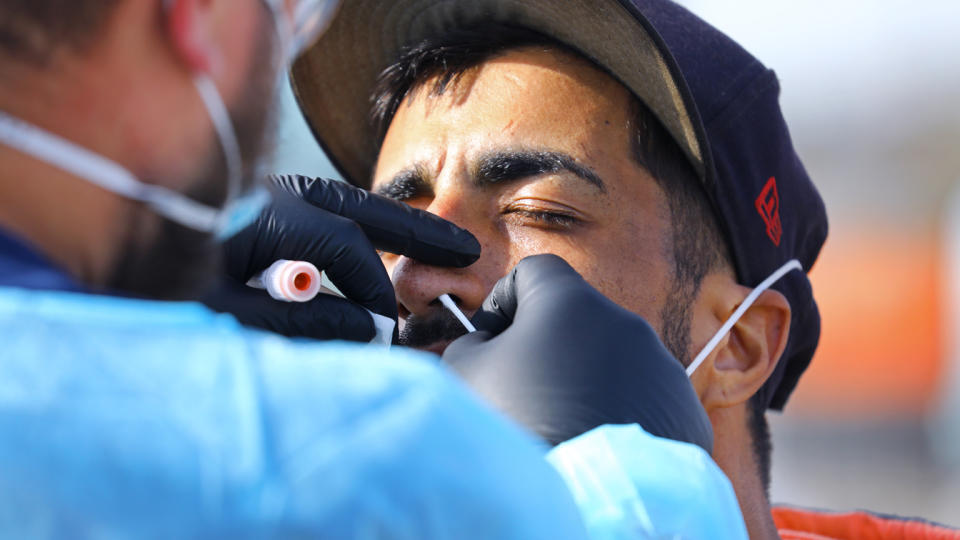CDC study: Coronavirus thrives where poverty reigns
WASHINGTON — Low-income communities, particularly those in which people of color live, have a higher risk than their wealthier, whiter counterparts of becoming coronavirus hot spots, according to a new study by the Centers for Disease Control and Prevention published on Thursday.
“Poverty, crowded housing, and other community attributes associated with social vulnerability increase a community’s risk for adverse health outcomes during and following a public health event,” the study said. Those effects were especially pronounced in places with a “higher representation of racial and ethnic minority residents.”

The study builds on previous findings that correlate the risk of coronavirus infection with poverty. The manner in which the coronavirus has both preyed on and exacerbated existing racial disparities has been called a “racial pandemic.”
The researchers examined coronavirus cases throughout the nation in June and July, focusing on counties that were deemed coronavirus hot spots. Researchers then looked at how those hot spots fared on the Social Vulnerability Index, a CDC database that tracks factors that have an effect on public health, including education and unemployment rates, as well as housing and access to transportation.
The study specifically cited “high-density housing structures” as a culprit, because the virus spreads especially rapidly in interior spaces with poor ventilation.
The CDC recommended “prevention efforts at facilities requiring in-person work,” such as meatpacking plants. Those efforts should include social distancing and the use of facial coverings. The organization also endorsed paid sick leave, which has been shown to slow the spread of the coronavirus by keeping potentially infected workers at home.
_____
Read more from Yahoo News:


